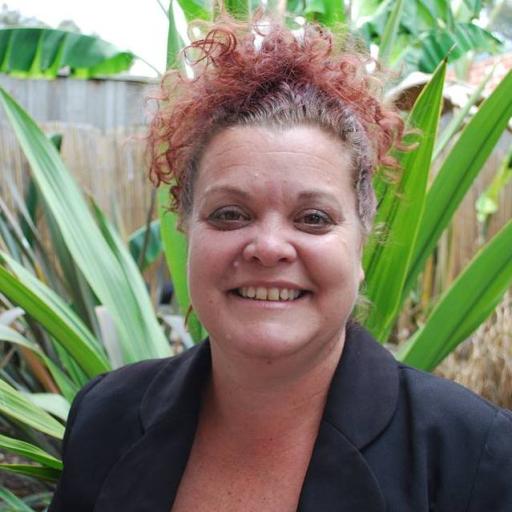
State or Province:
country:
Australiawhat are your gifts and talents?:
why do you want to join abcd in action?:
Community Engagement: In a Disaster Setting – A Local Perspective.
Whilst agencies and governments are keen to connect with the community post a disaster for a variety of reasons, much of the engagement is top down and paternal in nature. From my experience the best way to connect and engage with the community is to utilise the many dynamic community networks already in existence. All communities, no matter how big or small have community networks, whether its the local Sporting Clubs, Neighbourhood/Community House, Youth Group, Church Group, Progress Associations, School communities and more. The key to broad engagement is to connect with as many of these groups as possible. It makes more sense to go to the people rather than expecting them to come to you in the form of Community Meetings or Community Consultation.
During disaster recovery the community needs to be involved on their terms, in their familiar environments NOT at meetings called by governments and agencies. Dont get me wrong, Community Briefings work in the early days of disaster recovery but as the recovery changes from immediate needs to longer term recovery, so does the means of communicating with the community.
In large group meetings only the voices of the loudest are heard whilst smaller Kitchen Table (which was very successful in the 2013 Federal Election for the Voice for Indi campaign that saw Independent, Cathy McGowan elected against the odds) style consultation yields much richer results and a broader understanding of community needs and priorities. So that means getting out into the community and developing relationships Dont expect them to come to you. Its not rocket science its a basic Asset Based Community Development approach, local social networks are community assets and essential in ensuring REAL community led recovery. Yes, it is more time consuming but will provide greater diversity of ideas, feedback and opinions and provides a broader community involvement.
My advice to any one working in a disaster area:
- Connect with the Community
- Work with existing networks
- Understand the variety of mediums the community get their information local publications, community radio, email networks, social media, community newsletters/noticeboards etc
- Go to where the community are going the footy, the pub, community dining, community events
- Dont try and reinvent the wheel work with the community
- Understand that community dont want to be consulted for the sake of it. The reasons for engaging the community needs to be clearly articulated and transparent.
- Dont forget the many displaced community members they need to have their voice heard too.
- Be aware that disaster recovery is very emotional for a community and long term. There are no quick fixes for sustainable recovery.
Michelle Dunscombe, spent 5 years working in her community on disaster recovery after the 2009 Victorian Bushfires and the above article is a reflection from her experience. To contact Michelle, emailmichelle@madconsulting.com.au

Hi Michelle,
These points certainly resonate with my thoughts around collective healing and how to determine how much is needed before the "development" of community initiatives!
Thanks for sharing!
Regards,
Dee...